Home>Interior Design>How To Create Balance In Interior Design: 7 Rules To Follow
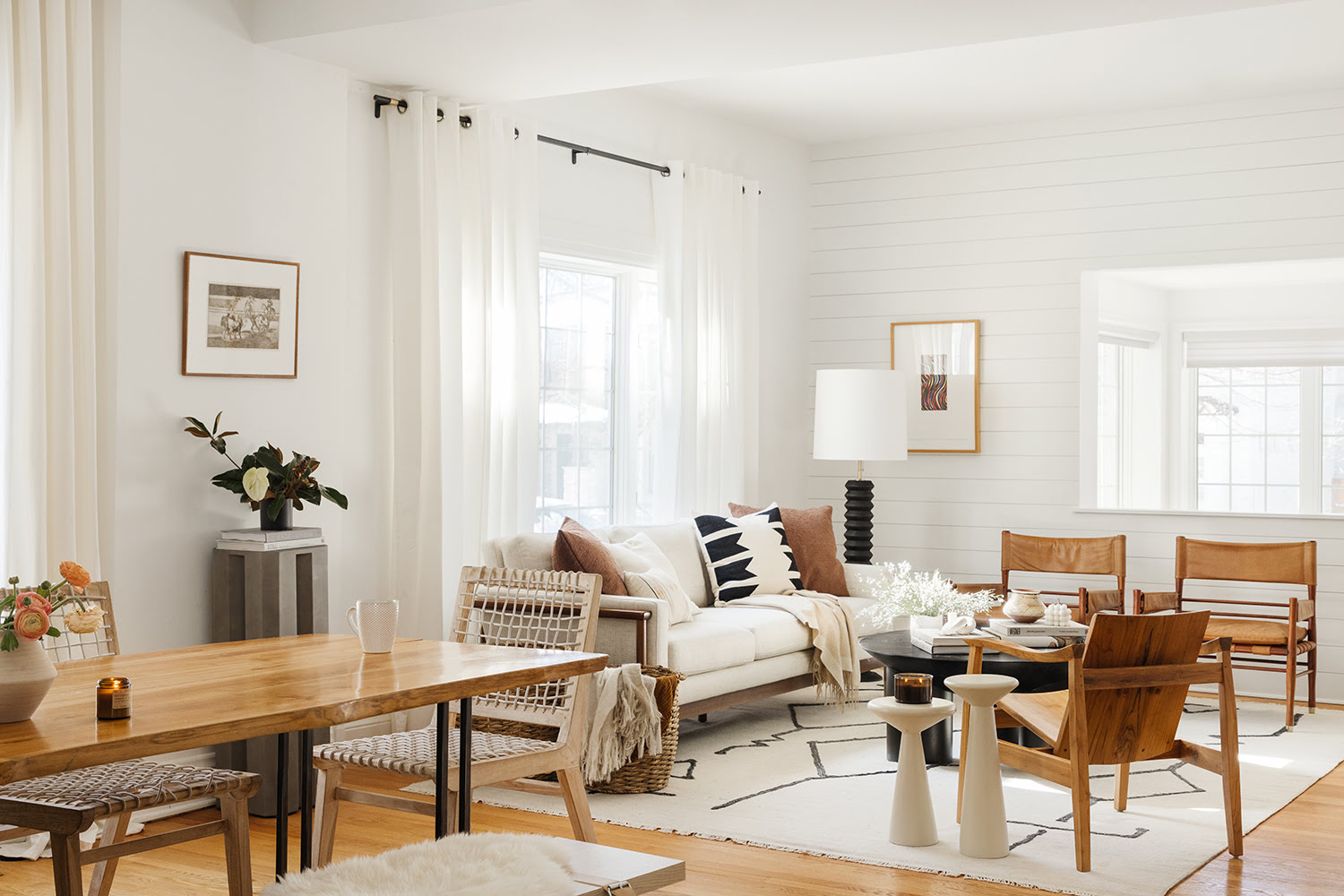

Interior Design
How To Create Balance In Interior Design: 7 Rules To Follow
Modified: January 19, 2024
Learn how to create balance in your interior design with these 7 essential rules. Achieve harmony and cohesion in every room. Enhance your space with expert techniques.
(Many of the links in this article redirect to a specific reviewed product. Your purchase of these products through affiliate links helps to generate commission for Storables.com, at no extra cost. Learn more)
Introduction
When it comes to interior design, creating balance is crucial to achieving a harmonious and visually appealing space. Balance refers to the distribution and arrangement of elements within a room, where no single element overpowers the others. It is the key to creating a space that feels inviting, comfortable, and aesthetically pleasing. Whether you are designing a living room, bedroom, kitchen, or any other space, following certain rules can help you achieve the desired balance.
In this article, we will explore seven essential rules to follow when creating balance in interior design. These rules will guide you in making informed decisions about furniture placement, color schemes, and decorative elements. By understanding and applying these principles, you can transform any space into a visually stunning and well-balanced environment.
Key Takeaways:
- Achieving balance in interior design involves following seven essential rules, including symmetry, scale and proportion, color harmony, texture variation, visual weight, functionality, and focal point. These principles guide the creation of visually captivating and harmonious spaces.
- By understanding and applying the rules of interior design, one can transform any space into a visually stunning and well-balanced environment. These rules provide a solid foundation for creating balance while allowing for creativity and personal style to shine through.
Rule 1: The Rule of Symmetry
Symmetry is one of the foundational principles of interior design and involves creating balance by mirroring elements on either side of a central axis. This rule is especially useful when designing formal and traditional spaces.
To incorporate symmetry, start by identifying a central point in the room, such as a fireplace, window, or large piece of furniture. Then, place matching or identical items on either side of this focal point. These can include furniture pieces, artwork, or accessories. Symmetrical elements create a sense of order and stability in a space.
However, it’s important to note that symmetry doesn’t mean everything has to be perfectly identical. Variations in size, color, or pattern can exist as long as the overall composition remains balanced. For example, you can place two different armchairs with similar shapes and colors on either side of a coffee table.
When incorporating symmetry into your design, ensure that the visual weight of the objects on both sides is similar. This means that larger or visually heavier items should be balanced by smaller or lighter items on the opposite side. By maintaining symmetrical balance, you can create a sense of calm and tranquility in your space.
It’s worth noting that while symmetry is a powerful tool in interior design, it may not always be suitable or desired. In more contemporary or eclectic spaces, asymmetry can create a sense of dynamic movement and visual interest. However, understanding the rule of symmetry allows you to make an intentional choice when deviating from it.
Remember, symmetry is just one way to achieve balance in interior design. In the following sections, we will explore additional rules and principles that can be used in conjunction or independently to achieve a well-balanced and visually appealing space.
Rule 2: The Rule of Scale and Proportion
The rule of scale and proportion is essential in creating a balanced interior design. Scale refers to the relative size of objects in relation to one another and the space they occupy, while proportion refers to how these objects relate to the overall size of the room.
When it comes to scale, it’s important to choose furniture and accessories that are appropriately sized for the room. Oversized furniture in a small space can make the room feel cramped, while small furniture in a large space can make it appear empty and unbalanced. Aim for a harmonious and proportional balance by selecting items that fill the space without overpowering it.
Proportion, on the other hand, involves the relationship between different elements in the room. For example, if you have high ceilings, tall furniture pieces and statement lighting fixtures can help fill the vertical space and create a sense of balance. Similarly, in a room with low ceilings, opting for lower furniture and avoiding hanging fixtures can prevent the space from feeling cramped.
Another aspect of the rule of scale and proportion is considering the relationships between different objects within the room. For example, when choosing a coffee table, ensure that it is in proportion to the size of the seating area. A small coffee table in a large sitting area can look out of place and unbalanced. Similarly, when hanging artwork or mirrors, consider how they relate to the size of the wall and the other objects surrounding them. A tiny art piece may get lost on a large empty wall, while an oversized piece can overwhelm a smaller space.
By paying attention to scale and proportion, you can create a harmonious balance between the furniture, accessories, and the size of the room itself. This rule ensures that everything in the space relates to each other in a visually pleasing and cohesive manner.
Now that we’ve covered the rule of symmetry and the rule of scale and proportion, let’s move on to the next rule: the rule of color harmony.
Rule 3: The Rule of Color Harmony
Color plays a crucial role in interior design and can greatly impact the overall balance and mood of a space. The rule of color harmony focuses on creating a visually pleasing and balanced color palette throughout the room.
When selecting colors for your interior design, it’s important to consider the following principles:
- Complementary Colors: Complementary colors are opposite each other on the color wheel, such as blue and orange or red and green. Using complementary colors in a space can create a vibrant and balanced look. However, it’s important to use them in moderation to avoid overwhelming the room.
- Analogous Colors: Analogous colors are adjacent to each other on the color wheel, such as blue and green or yellow and orange. These colors create a harmonious and cohesive look when used together. They are ideal for creating a serene and relaxing atmosphere.
- Monochromatic Colors: Monochromatic color schemes involve using different shades and tones of a single color. This creates a sophisticated and cohesive look while maintaining a sense of balance. Varying the intensity and saturation of the color can add depth and visual interest to the space.
- Neutral Colors: Neutral colors such as white, beige, gray, and taupe can serve as a foundation for the color palette. They create a versatile backdrop that allows other colors and elements in the room to stand out. Using neutral colors as a base can help achieve a balanced and timeless look.
When applying the rule of color harmony, it’s important to consider the overall mood and desired atmosphere of the space. For example, if you want to create a calming bedroom, opting for a monochromatic color scheme in shades of blue or green can achieve a serene ambiance.
Additionally, understanding the impact of color on spatial perception can help create balance in a room. Dark colors tend to visually “advance,” making a space feel smaller, while light colors “recede,” creating a sense of openness and spaciousness. This knowledge can be used strategically to balance and enhance the proportions of a room.
By applying the rule of color harmony, you can create a visually balanced and cohesive color palette that ties all the elements of your interior design together.
Now that we’ve covered the rule of symmetry, the rule of scale and proportion, and the rule of color harmony, let’s move on to the next rule: the rule of texture variation.
Rule 4: The Rule of Texture Variation
Texture variation is an often overlooked but essential rule in creating a balanced and visually interesting interior design. Texture refers to the tactile quality or visual appearance of materials and surfaces in a space. Incorporating a variety of textures adds depth, dimension, and visual interest to a room.
When applying the rule of texture variation, consider the following principles:
- Mixing Materials: Use a combination of different materials, such as wood, metal, glass, fabric, and leather, to create a diverse and textured environment. Each material brings its own unique texture and character to the space. For example, pairing a smooth leather sofa with a woven jute rug creates an interesting contrast.
- Contrasting Textures: Incorporate a mix of smooth, rough, soft, and shiny textures to create visual balance and tactile interest. Contrast a shiny, high-gloss table with a textured, knitted throw blanket to add depth and variety to a seating area.
- Layering and Dimension: Layering different textures adds richness and depth to a space. Incorporate textured elements in your furniture upholstery, rugs, curtains, and accessories. For example, layering a plush velvet pillow on a woven linen sofa creates a visually dynamic and inviting seating area.
- Natural Elements: Incorporating natural materials, such as wood, stone, or plants, adds a sense of warmth and organic texture to a room. The grain of wood or the texture of a stone accent wall can bring an element of nature into the space.
Texture variation not only adds visual interest but also helps create a balanced environment by breaking up monotony and adding dimension. It creates a contrast between smooth and rough, soft and hard, sleek and tactile, resulting in a well-balanced and inviting space.
It’s important to note that texture variation should be applied in moderation to avoid overwhelming the space. The goal is to achieve a cohesive blend of textures that complement each other while still allowing each material or surface to be appreciated individually.
Now that we’ve covered the rule of symmetry, the rule of scale and proportion, the rule of color harmony, and the rule of texture variation, let’s move on to the next rule: the rule of visual weight.
When creating balance in interior design, consider the visual weight of furniture and decor. Distribute heavy items evenly to create a sense of equilibrium in the space.
Rule 5: The Rule of Visual Weight
The rule of visual weight is all about balancing the visual prominence of different elements in a room. Every object or element in a space carries a certain visual weight, which refers to how much attention it attracts compared to other objects. Understanding and manipulating the visual weight of objects is key to achieving balance in interior design.
Here are some principles to consider when applying the rule of visual weight:
- Size and Proportion: Larger objects tend to have more visual weight than smaller ones. When arranging furniture or décor items, ensure that the larger and heavier pieces are distributed evenly throughout the room to create balance. For example, if you have a large sectional sofa, balance it with some substantial side tables or bookcases.
- Color and Contrast: Bright or bold colors tend to have greater visual weight than neutral or muted tones. Strategic use of color can help balance the visual weight of objects. For instance, if you have a large, brightly colored piece of artwork on one wall, balance it out with smaller, neutral-colored accessories on the opposite side of the room.
- Placement and Grouping: Objects that are clustered together or arranged in groups often create a stronger visual impact than individual objects. By grouping items with similar visual weights, you can achieve balance and harmony in a space.
- Focal Points: A focal point is an element that draws the most attention in a room. If you have a dominant focal point, such as a fireplace or a statement wall, ensure that other elements in the room do not compete for attention. Balance the visual weight of the other objects by considering their size, color, and placement in relation to the focal point.
By carefully considering the visual weight of objects, you can create a balanced composition within a space. Remember, balance does not mean everything has to be perfectly symmetrical or equal in weight. It is about distributing visual weight in a way that feels visually pleasing and harmonious to the eye.
Now that we’ve covered the rule of symmetry, the rule of scale and proportion, the rule of color harmony, the rule of texture variation, and the rule of visual weight, let’s move on to the next rule: the rule of functionality.
Rule 6: The Rule of Functionality
The rule of functionality emphasizes the importance of designing a space that is not only visually appealing but also practical and functional. A well-designed interior should cater to the needs and activities of its occupants while maintaining a sense of balance and aesthetic expression.
When considering functionality in interior design, keep the following principles in mind:
- Space Planning: Efficient space planning is essential for creating a functional interior. Evaluate the flow and layout of the room to ensure that there is enough space for movement and that furniture is arranged in a way that promotes easy navigation. Adequate storage solutions are also crucial to maintain a clutter-free and organized space.
- Ergonomics: Consider the ergonomics of furniture and accessories to enhance comfort and usability. For example, choose chairs with proper back support and comfortable cushions. Ensure that countertops are at a convenient height for daily tasks in the kitchen or bathroom.
- Task Lighting: Proper lighting is essential for functional spaces. Consider the specific tasks that will be performed in each area and provide appropriate lighting solutions. For example, bright and focused task lighting should be installed in work areas, while softer and mood-enhancing lighting can be used in relaxing spaces.
- Multipurpose Furniture: Incorporating multipurpose furniture pieces can help maximize functionality in smaller spaces. Look for items that can serve multiple functions, such as storage ottomans, sofa beds, or extendable dining tables.
- Adaptability: Design with flexibility in mind to accommodate changing needs and preferences. Consider incorporating movable or modular furniture pieces that can be rearranged to suit different activities and purposes.
By prioritizing functionality in your interior design, you can create a space that not only looks beautiful but also meets the practical needs of its inhabitants. Remember, a well-balanced interior is one that seamlessly integrates aesthetics with functionality.
Now that we’ve covered the rule of symmetry, the rule of scale and proportion, the rule of color harmony, the rule of texture variation, the rule of visual weight, and the rule of functionality, let’s move on to the final rule: the rule of focal point.
Rule 7: The Rule of Focal Point
The rule of focal point is all about creating a central point of interest in a room that draws attention and anchors the design. A well-executed focal point adds depth, drama, and visual hierarchy to the space, contributing to a balanced and cohesive interior.
Consider the following principles when applying the rule of focal point:
- Choose a Dominant Element: Identify a feature or element in the room that you want to highlight as the focal point. This could be a fireplace, a statement wall, a large piece of artwork, or a stunning piece of furniture. The focal point should be the most impactful and visually striking element in the space.
- Create Balance Around the Focal Point: Arrange other elements in the room to complement and direct attention to the focal point. Furniture placement, lighting fixtures, and accessories should all work together harmoniously to enhance the focal point without overpowering it.
- Consider Proportions: The size and scale of the focal point should be in proportion to the room. A large and grand focal point may overwhelm a small room, while a small focal point may get lost in a large space. Strive for a balanced relationship between the focal point and the surrounding elements.
- Highlight with Lighting: Proper lighting is essential for accentuating the focal point. Consider using spotlights, recessed lighting, or decorative fixtures to illuminate and draw attention to the focal point. Well-directed lighting can create a captivating and balanced composition.
- Personalize with Display Items: Showcase meaningful or decorative items around the focal point to add personality and interest. Whether it’s a collection of books, family photographs, or curated artwork, these display items should enhance the focal point and contribute to its overall visual impact.
By creating a strong focal point, you can guide the eyes and establish a sense of visual balance in the room. The focal point becomes a visual anchor that ties the design together and adds intrigue to the space.
Now that we’ve covered the seven essential rules of creating balance in interior design – symmetry, scale and proportion, color harmony, texture variation, visual weight, functionality, and focal point – you have the knowledge and tools to create well-balanced and visually captivating spaces. Remember, these rules are not strict guidelines, but rather principles to inform your design decisions. Each space is unique, and you have the opportunity to express your own creativity and style. Embrace these rules as a foundation and let your imagination guide you towards a beautifully balanced interior.
Conclusion
Creating balance in interior design is a fundamental principle that can transform a space from ordinary to extraordinary. By following the seven essential rules we’ve discussed – symmetry, scale and proportion, color harmony, texture variation, visual weight, functionality, and focal point – you can achieve a harmonious and visually captivating environment in your home or any space you design.
Remember, balance does not mean everything has to be perfectly symmetrical or equal in weight. It’s about finding the right balance between different elements, creating a sense of harmony and visual interest. Each rule offers a unique perspective on how to achieve this balance, and they can be applied individually or in combination, depending on the specific needs and style of the space.
Interior design is both a science and an art. While these rules provide a solid foundation for creating balance, don’t be afraid to let your creativity and personal style shine through. Use them as guidelines and adapt them to suit your own preferences and the unique characteristics of your space.
Ultimately, the goal of achieving balance in interior design is to create a space that feels inviting, comfortable, and aesthetically pleasing. When done right, a well-balanced interior can have a positive impact on your well-being, elevate your mood, and enhance the overall living experience.
So, whether you’re designing a living room, a bedroom, a kitchen, or any other space, keep these seven rules in mind. Consider the symmetry, scale and proportion, color harmony, texture variation, visual weight, functionality, and focal point. Embrace the principles, experiment with different elements, and trust your instincts. With a focus on balance, you can create a space that not only looks beautiful but also feels harmonious and truly reflects your personal style.
Now, go forth and embark on your interior design journey, armed with the knowledge of these rules. Create spaces that are balanced, inviting, and a true reflection of your unique style and personality.
Frequently Asked Questions about How To Create Balance In Interior Design: 7 Rules To Follow
Was this page helpful?
At Storables.com, we guarantee accurate and reliable information. Our content, validated by Expert Board Contributors, is crafted following stringent Editorial Policies. We're committed to providing you with well-researched, expert-backed insights for all your informational needs.
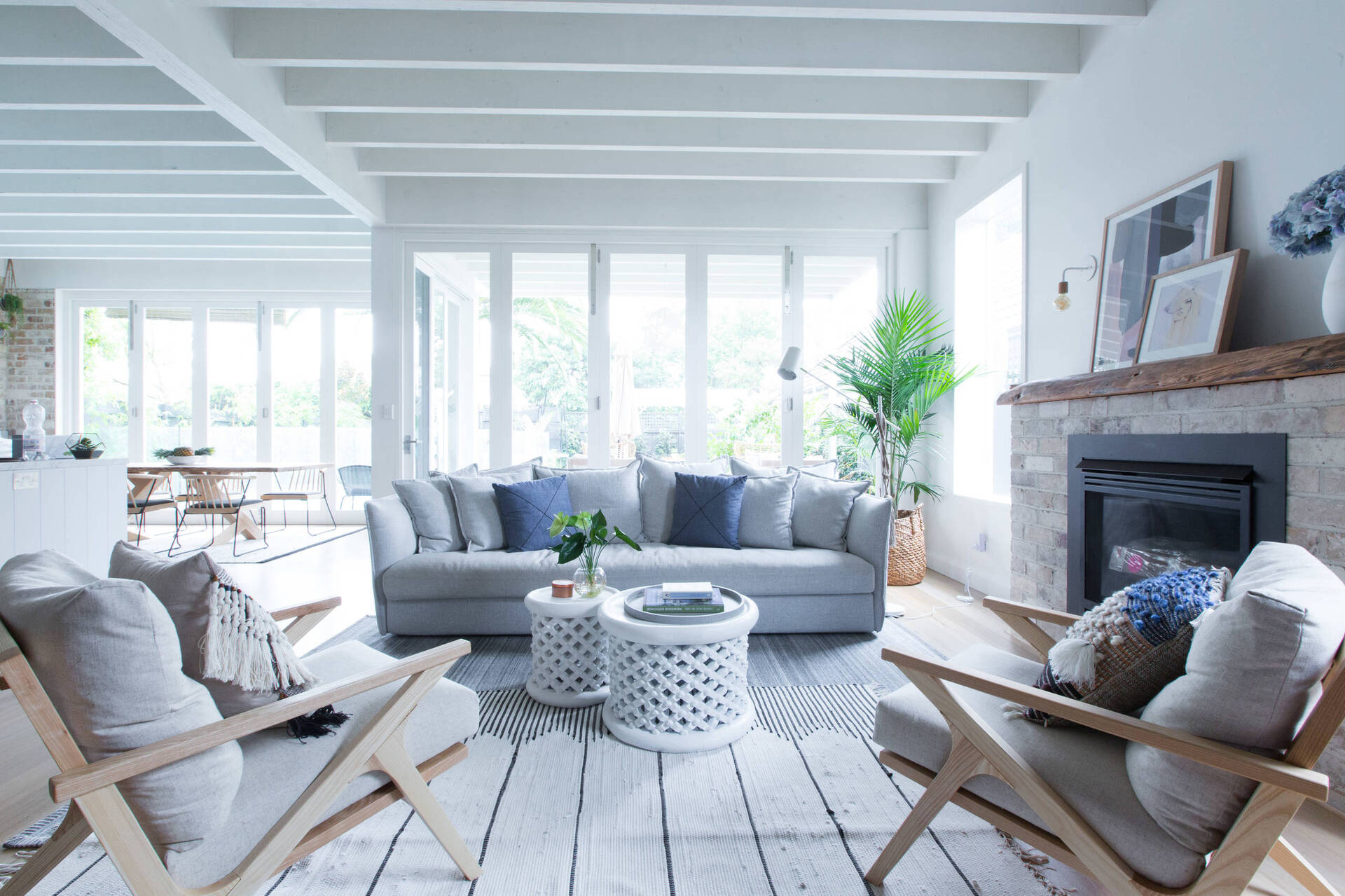
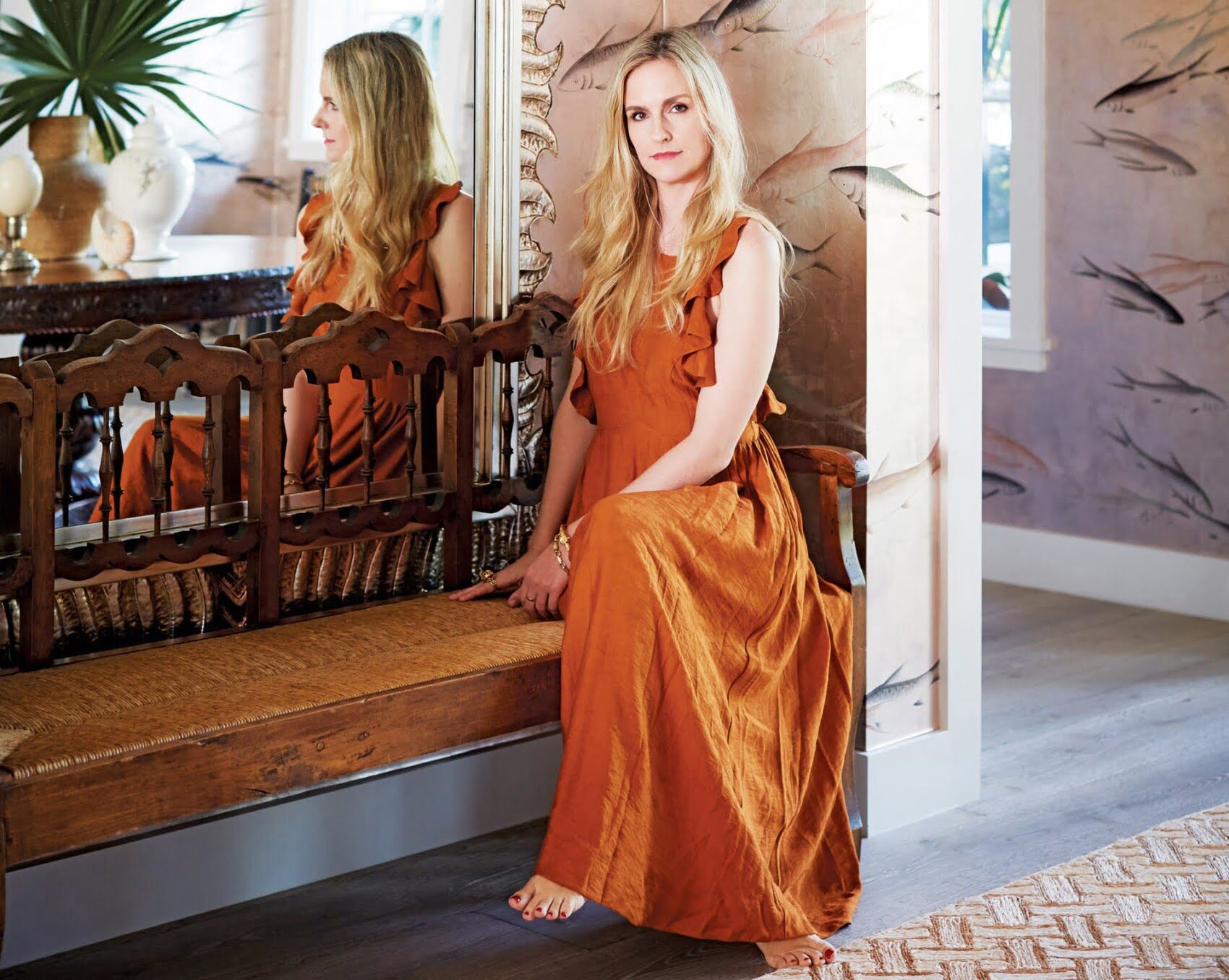
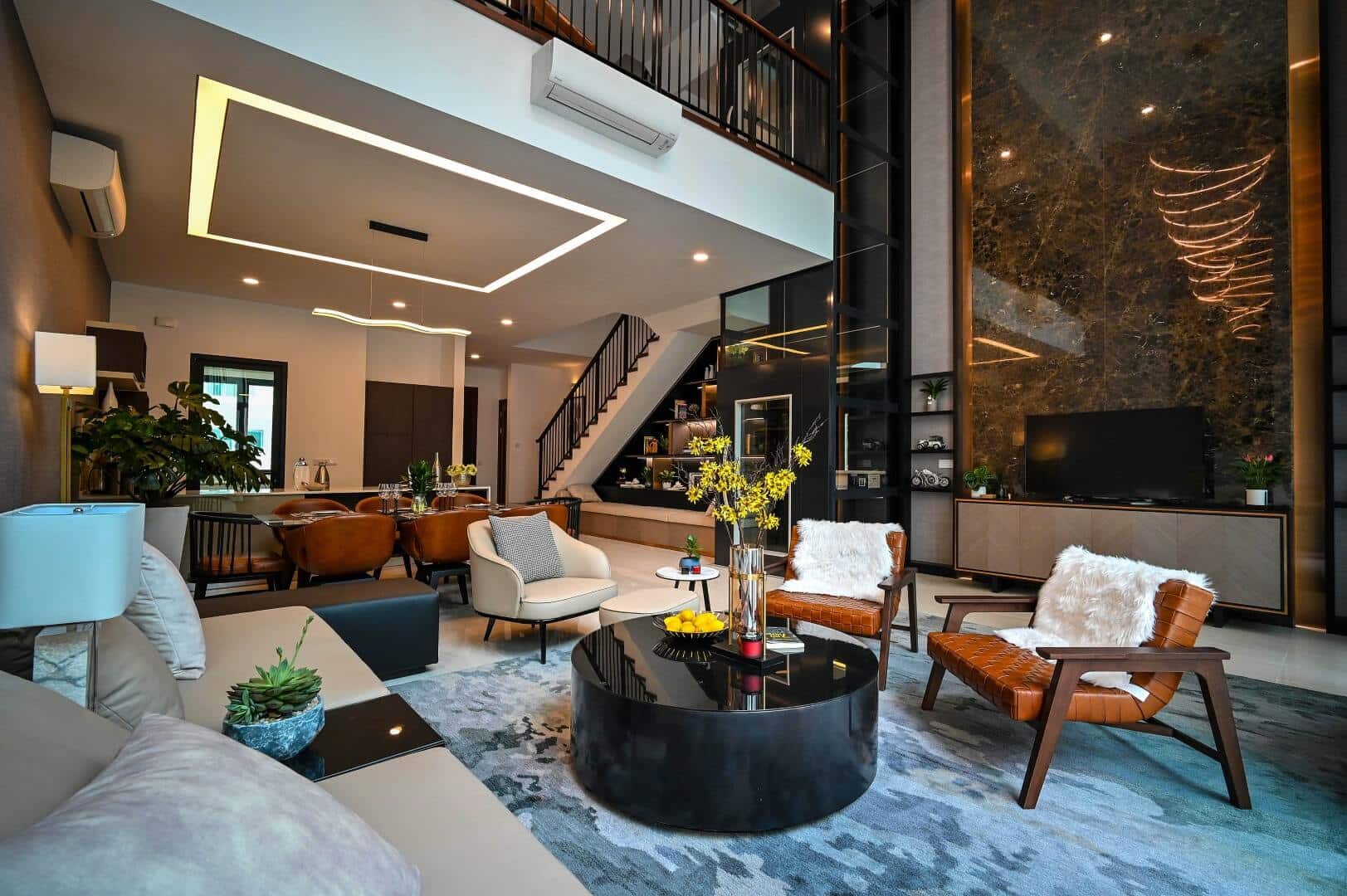
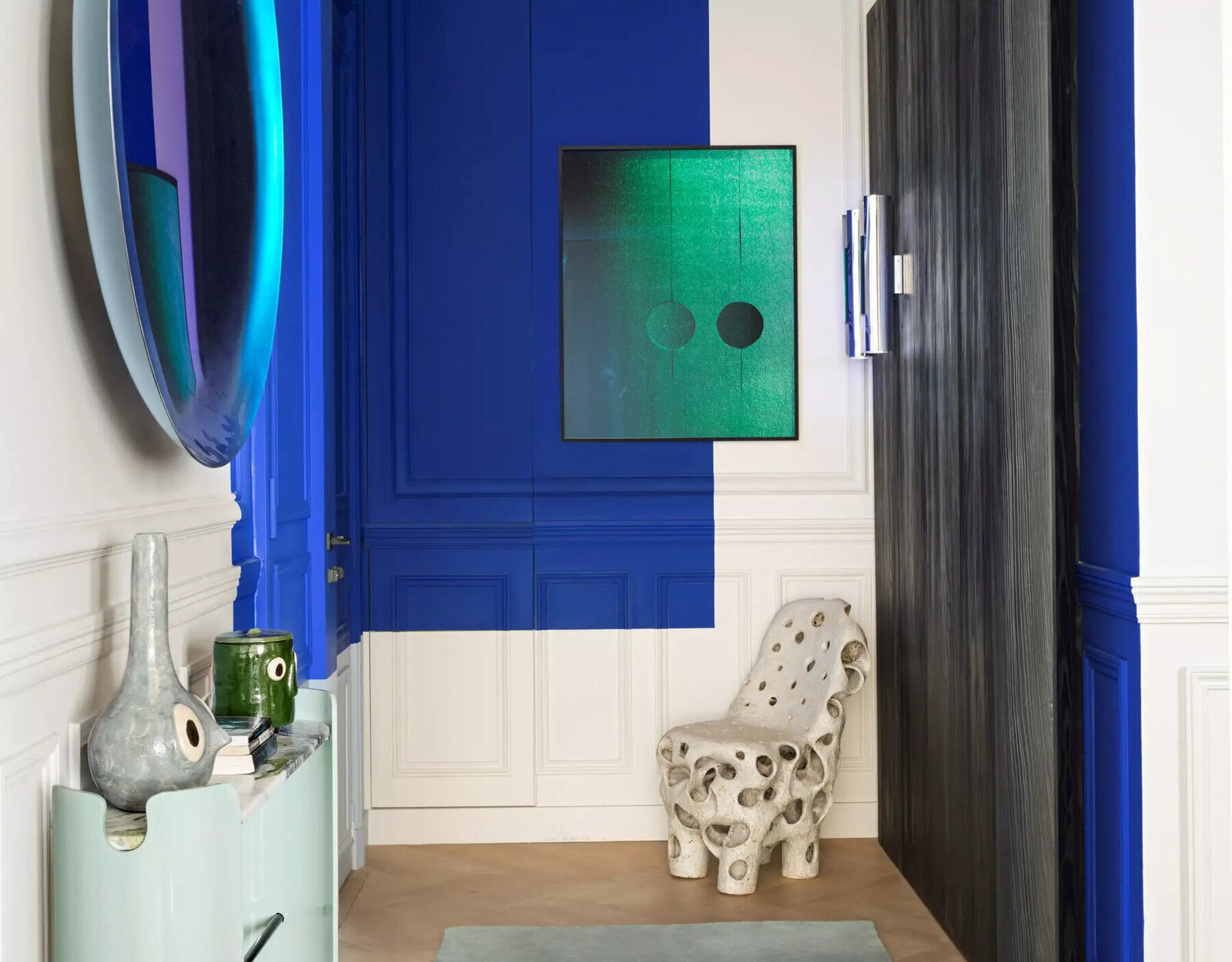
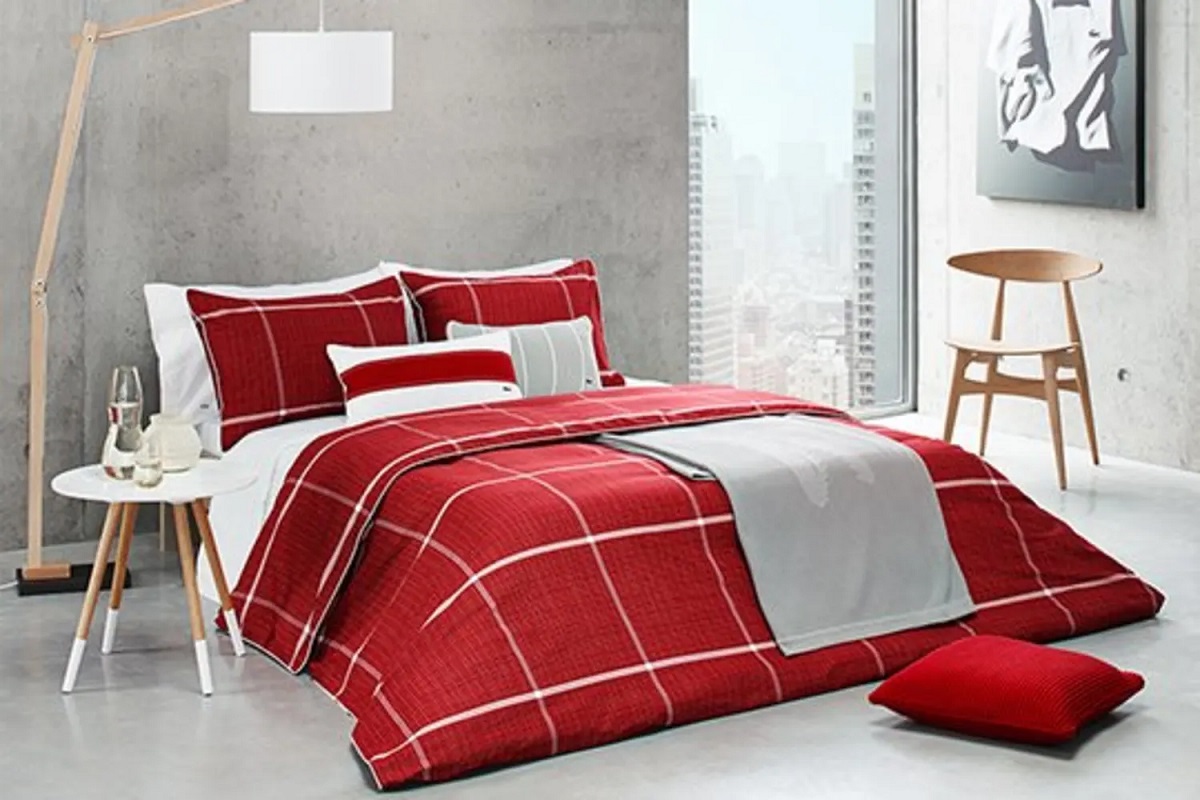
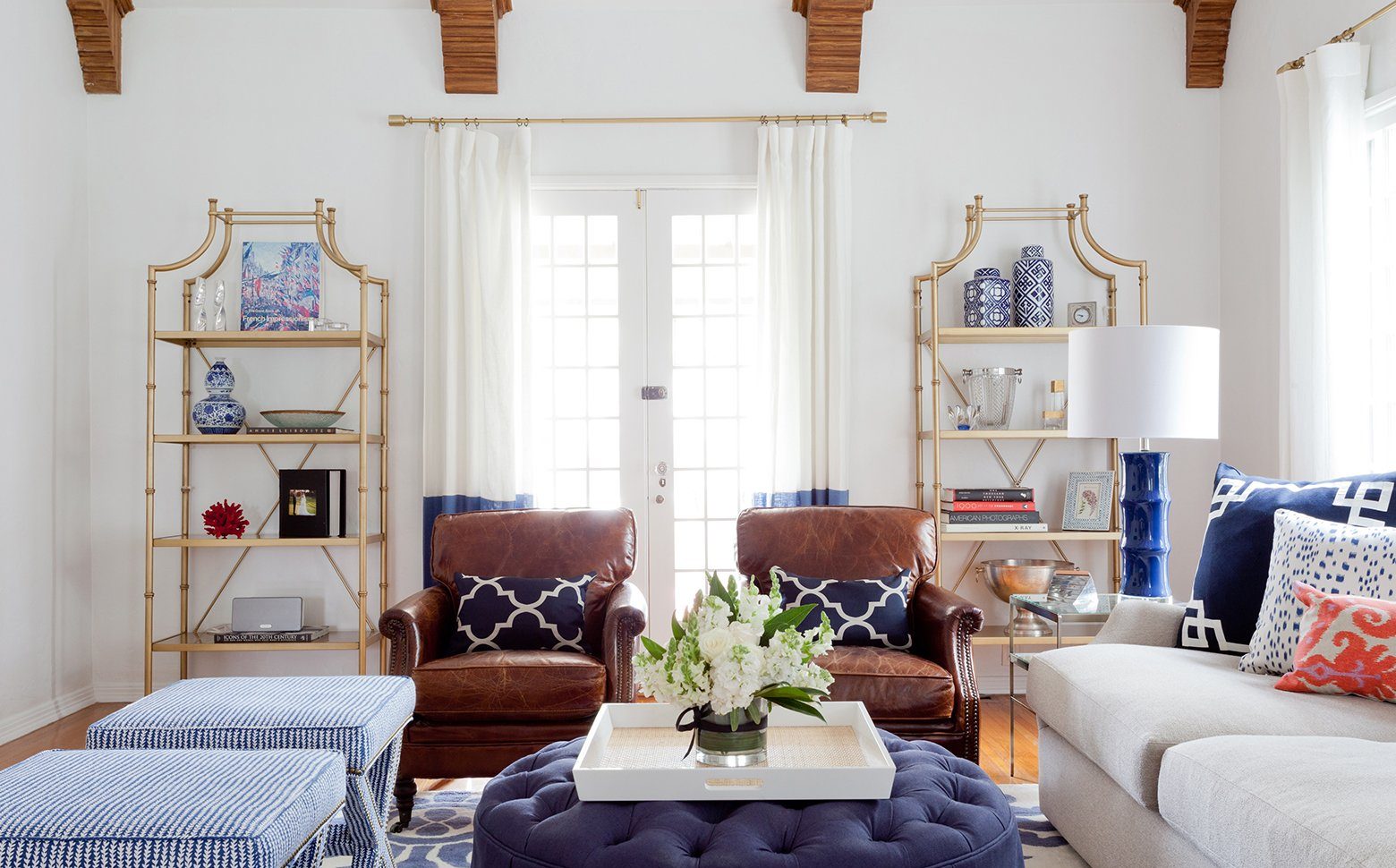
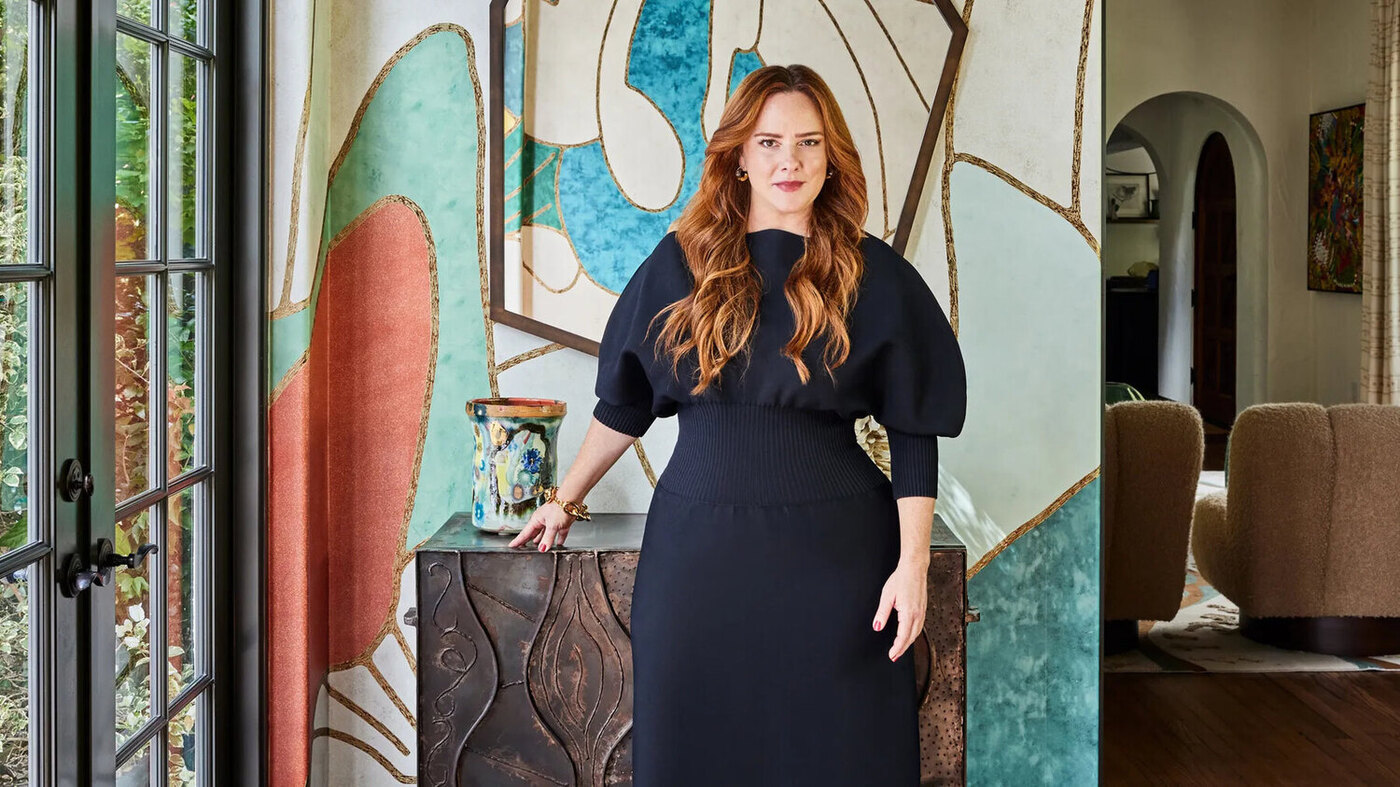

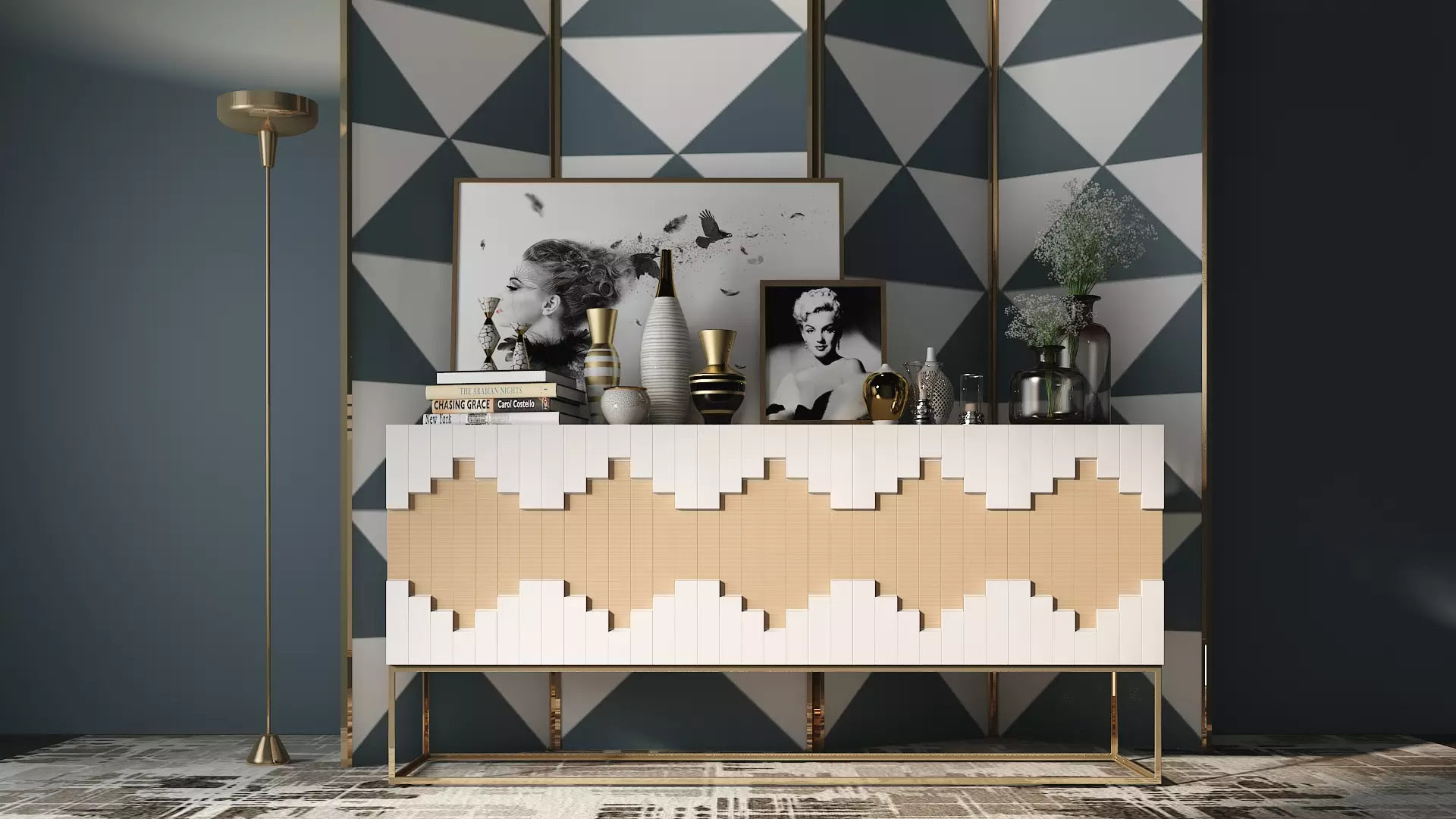
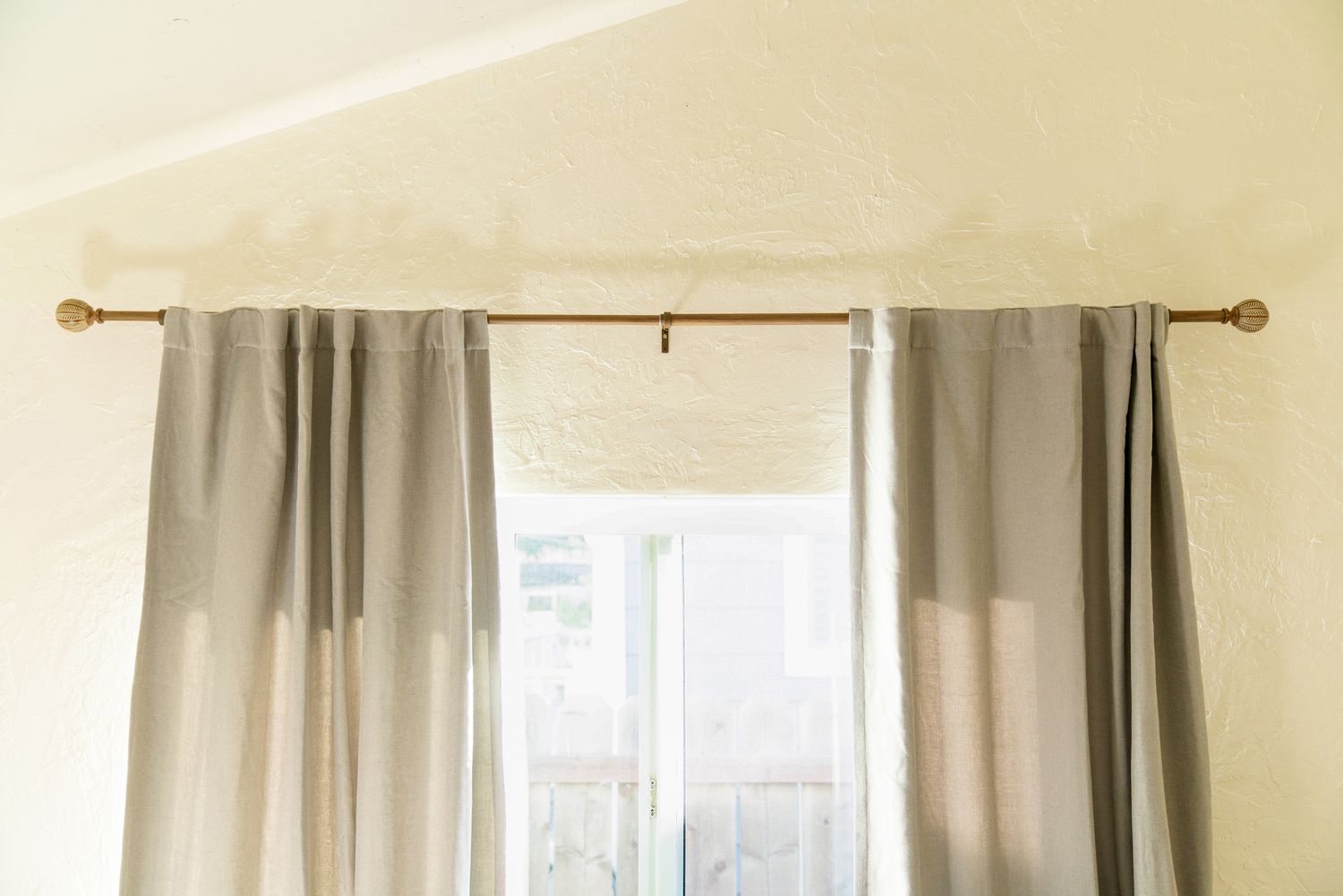
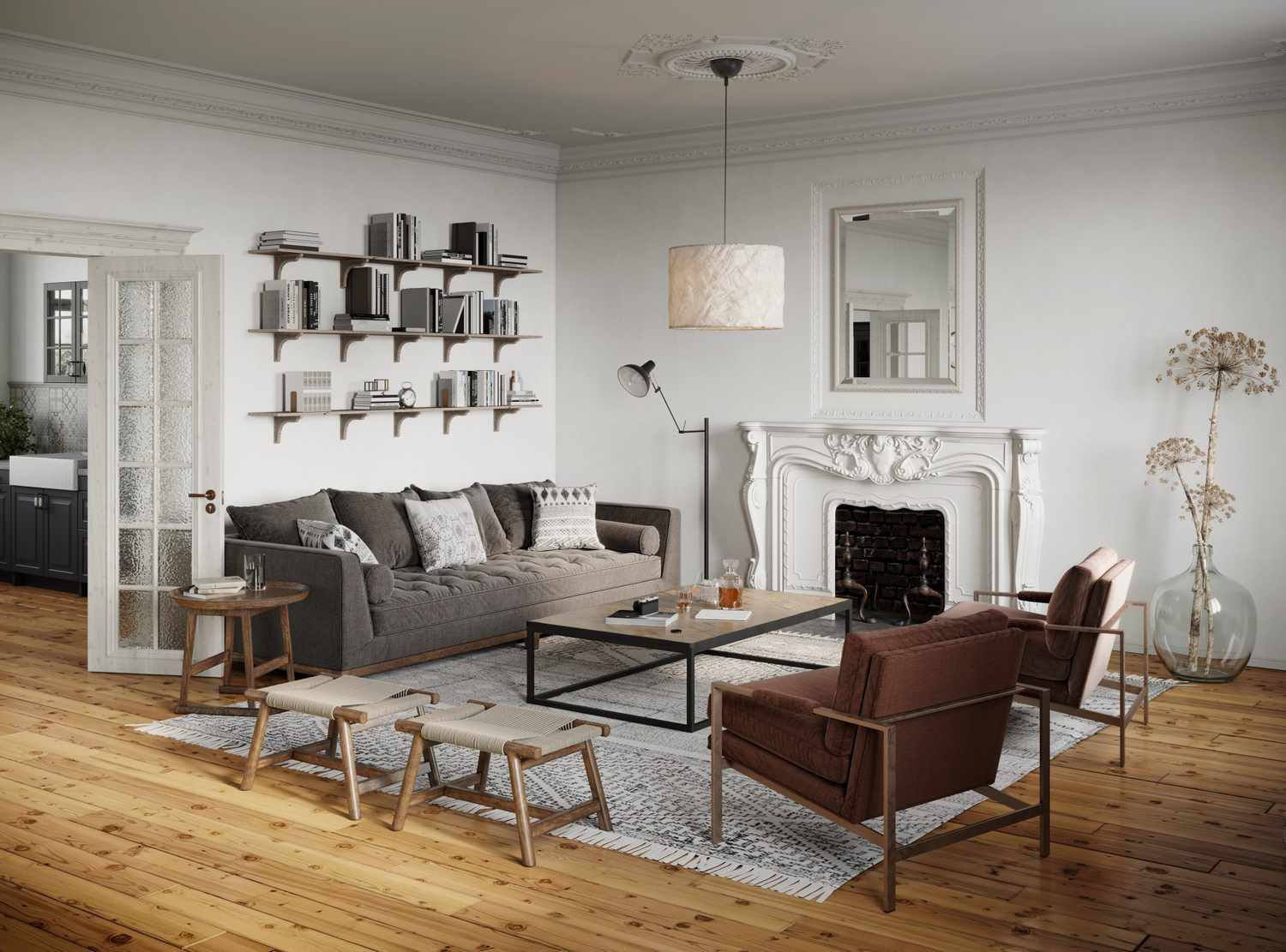
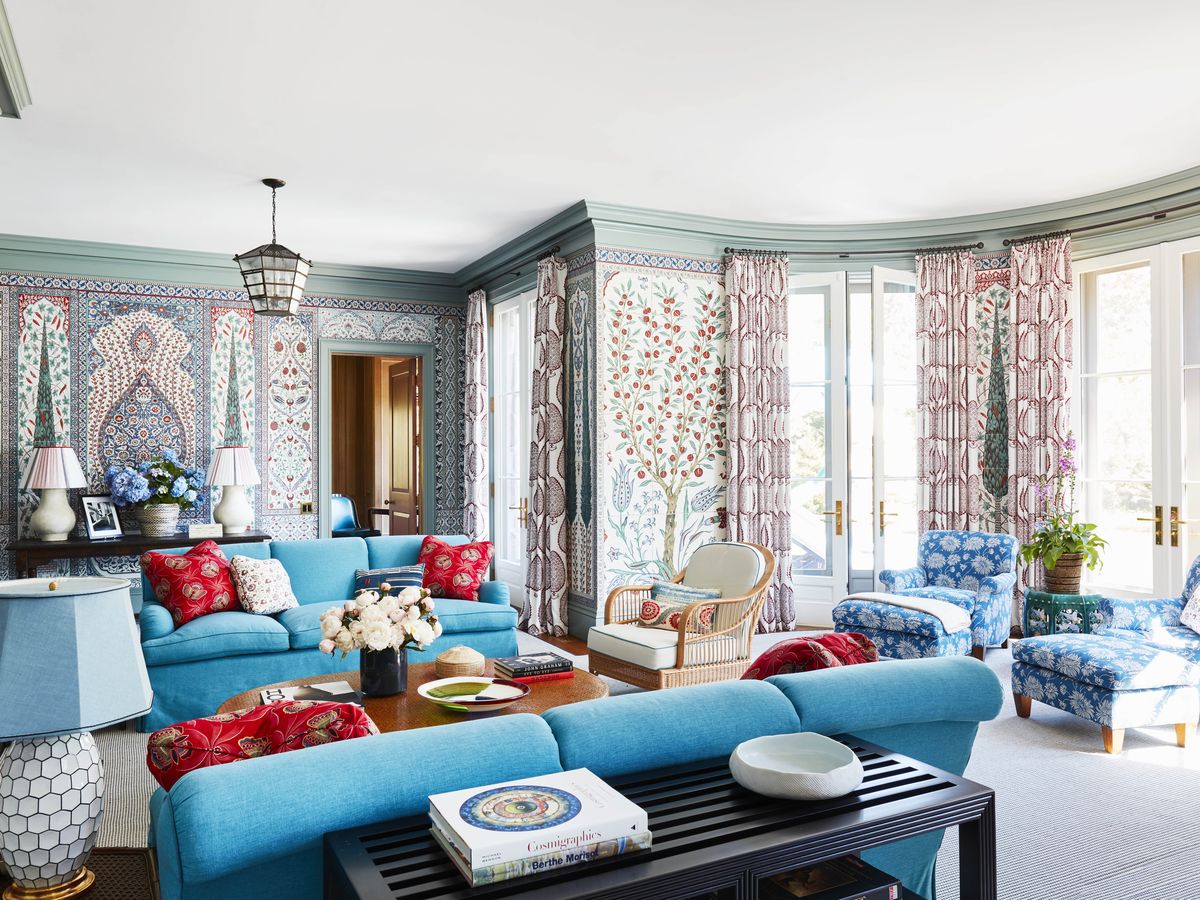

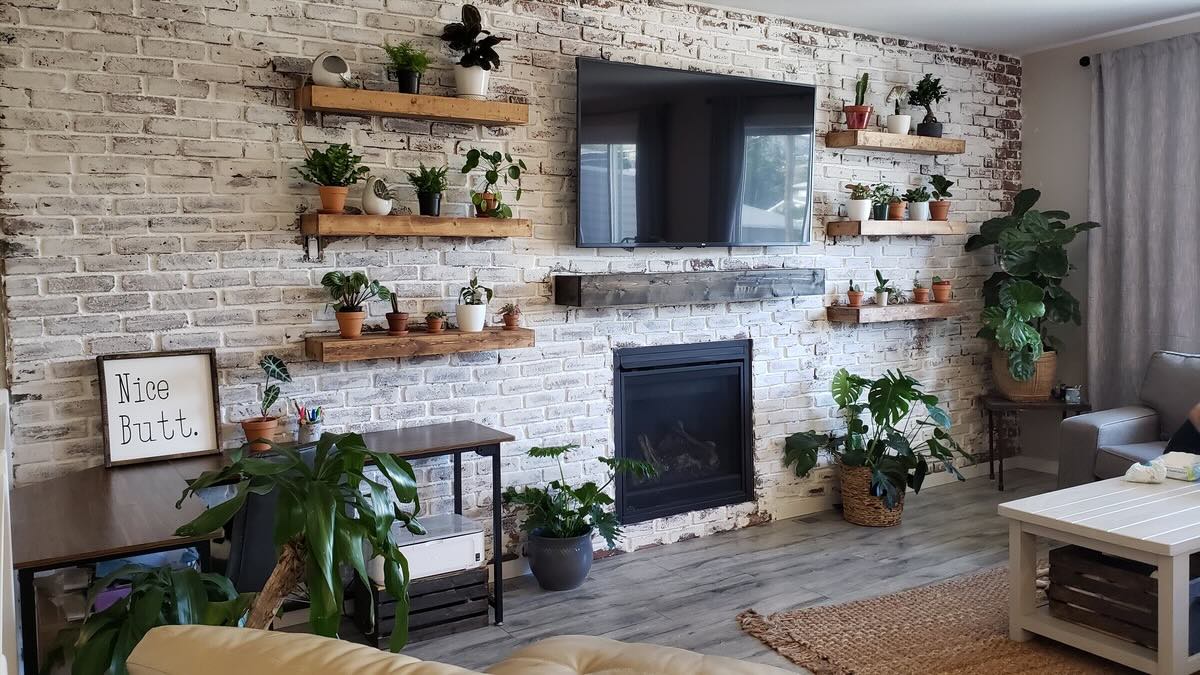

0 thoughts on “How To Create Balance In Interior Design: 7 Rules To Follow”